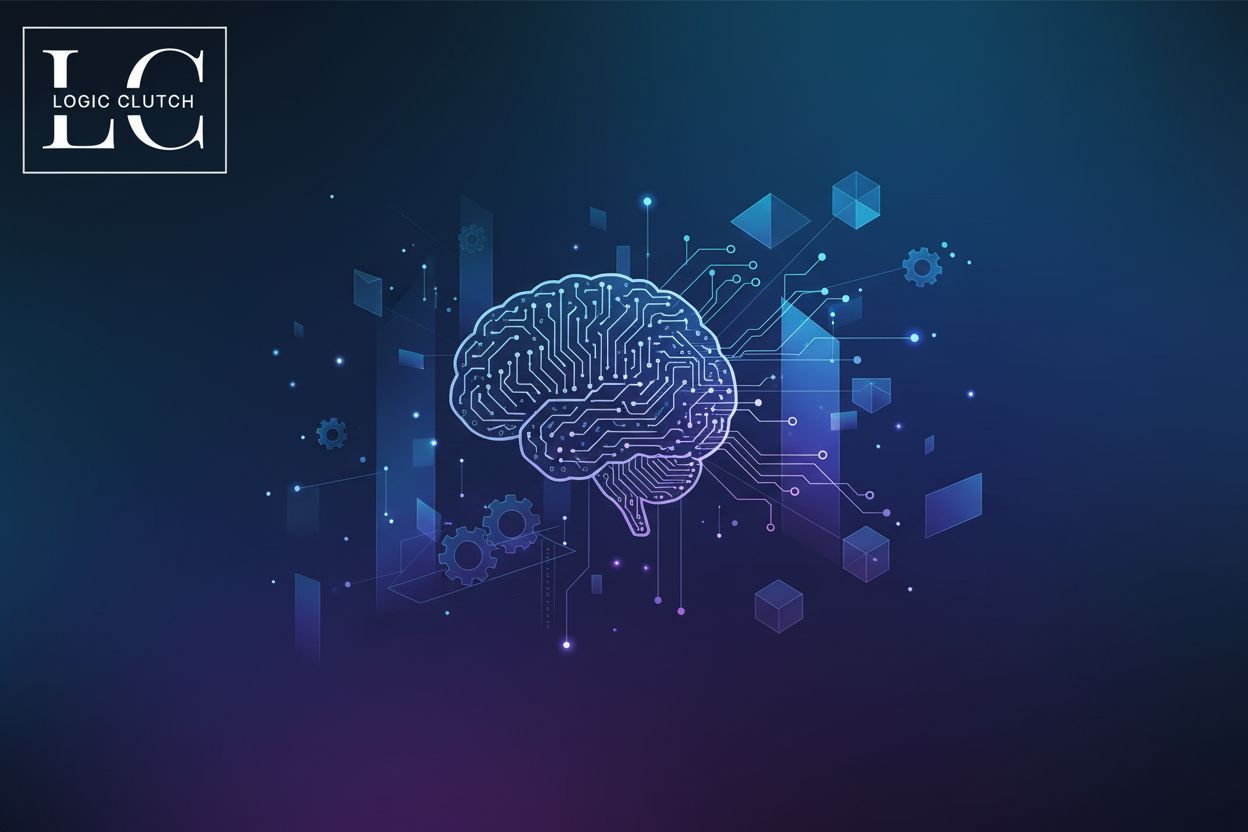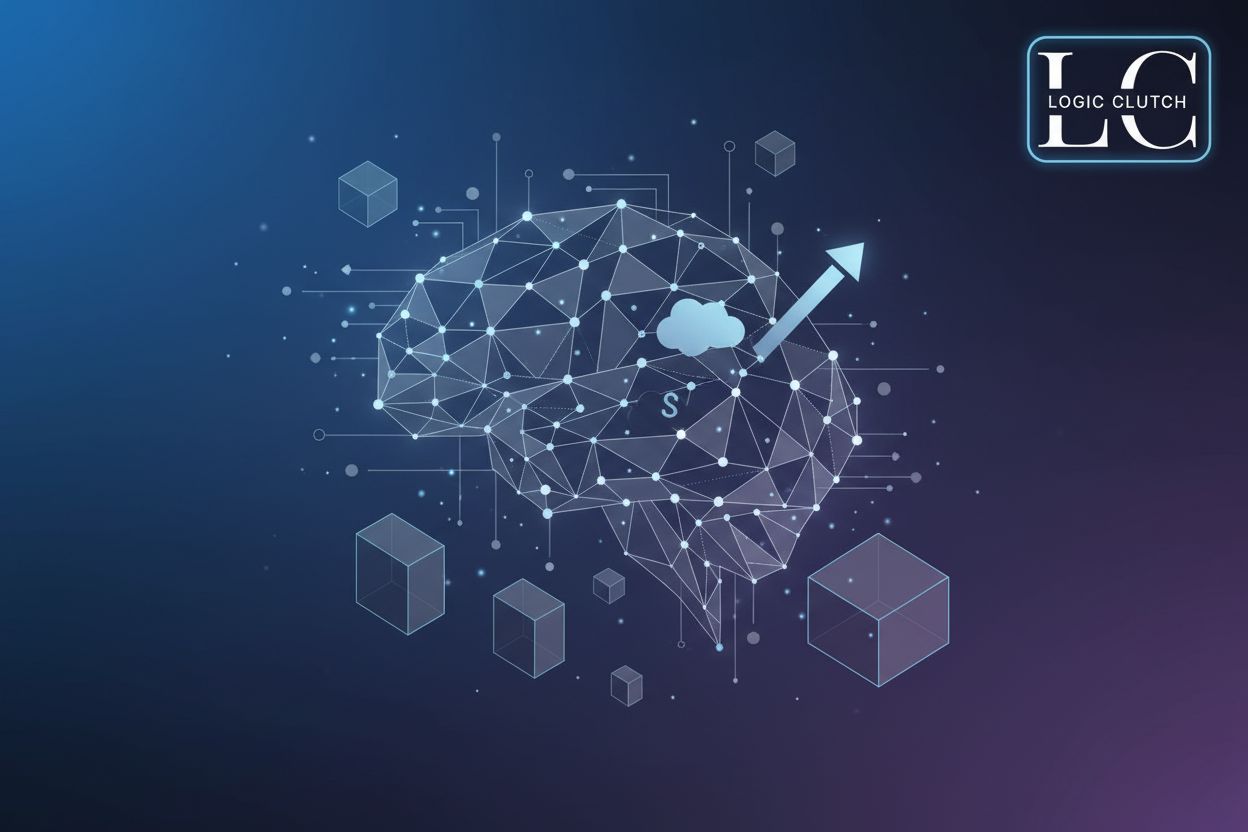Predictive Analytics for Proactive Service Management
TL;DR
Introduction: The Shift to Proactive Service
Okay, so you're probably wondering what all the hype around proactive service is about, right? Well, it's not just a buzzword, it's a whole new way of thinking.
Basically, it's about flipping the script on how you handle problems. Instead of waiting for things to break, you try to fix 'em before they even think about breaking.
- Traditional service is kinda like waiting for your car to break down before taking it to the mechanic. You're just reacting to problems as they come.
- Proactive service, on the other hand, is all about anticipating those problems and nipping them in the bud.
- Predictive analytics is the secret sauce that makes it all possible. It's like having a crystal ball that tells you when things are about to go wrong.
Think about it: customers expect things to work seamlessly these days. As ServicePower notes, malfunctions can cause interruptions, delays and reduce customer satisfaction. (How Disrupted Production Leads to Unhappy Customers ...)
- They want a smooth experience, and they want it now.
- IT environments are getting more complex, which means there's more that can go wrong.
- If you can provide proactive support, you'll have a serious edge over the competition.
So, how do you actually do proactive service? Well, that's where predictive analytics really shines.
Understanding Predictive Analytics in the Context of Service Management
Predictive analytics in service management? It's way more than just guessing what's gonna break next, trust me. It's about using data to see the future, kinda like Doc Brown with his DeLorean, but for your business.
It uses statistical techniques, machine learning, and data mining to figure out what's likely to happen. Think of it like this: you feed all your past service records, sensor data, and customer interactions into a sophisticated algorithm, and it spits out predictions.
- For instance, statistical techniques like regression analysis can be used to identify the correlation between product usage patterns and the likelihood of a failure. Machine learning algorithms, such as decision trees or neural networks, can learn from historical data to classify incoming support tickets by urgency or predict the optimal time for preventative maintenance. Data mining helps uncover hidden patterns in large datasets, like identifying specific environmental factors that precede equipment malfunctions.
- For example, in healthcare, it could predict which patients are most at risk for readmission, allowing hospitals to allocate resources to keep 'em healthy.
- Or, for a retailer, it might forecast which products will be in high demand next month, so they can stock up and avoid empty shelves.
These predictive models forecast future service needs by spotting patterns in the data. It is not just about looking at past incidents; it's about understanding why they happened and what factors contributed to them, so you can stop it happening again!
- For example, traditional analytics might tell you how many support tickets were closed last month, giving you a historical overview. Predictive analytics, on the other hand, could forecast the number of tickets you'll likely receive next month based on seasonal trends, upcoming product launches, or even external factors like weather patterns, allowing you to staff accordingly.
The difference between predictive and traditional analytics is huge. Traditional analytics tells you what happened; predictive analytics tells you what will happen. As TrueProjectInsight.com notes, organizations use analytics to drive strategy and change. (Building a Data-Driven Culture: Four Key Elements)
Seems like data is pretty important, right? Now that we understand the power of predictive analytics, let's explore how a robust CRM system like Salesforce can be the foundation for implementing these insights.
Leveraging Salesforce CRM for Predictive Service Insights
So, you're already using Salesforce? Good start! But are you really using it to its full potential when it comes to proactive service? Probably not, honestly.
Think of Salesforce as the ultimate service data collector. It's more than just a place to store customer names and numbers, it can collect and store pretty much everything service-related, from support tickets to customer interactions--the whole nine yards.
- Salesforce Service Cloud gives you a single view of all customer interactions, so everyone's on the same page. No more, "oh, I didn't know about that email" situations.
- api integrations are key, too. They let you hook up external data sources, like iot devices or third-party analytics platforms, so you're not just relying on internal data.
- For example, you could integrate IoT sensor data from connected products to predict potential hardware failures before they occur. Imagine a smart appliance sending alerts about unusual vibrations, allowing you to schedule maintenance proactively.
- Another example is integrating social media sentiment analysis tools to gauge customer mood and predict potential escalations or dissatisfaction. If negative sentiment spikes around a particular product, you can preemptively reach out to affected customers.
- Weather data can also be integrated to forecast demand for certain services. For instance, a utility company might predict an increase in service calls for HVAC issues during an unexpected heatwave.
Okay, so you got all this data in Salesforce. Now what? Time to bring in the predictive muscle.
- The Salesforce AppExchange is like a candy store for predictive analytics solutions. You can find apps that do everything from lead scoring to churn prediction, all designed to work seamlessly with Salesforce.
- But, sometimes off-the-shelf isn't enough, right? Custom development lets you build bespoke models inside Salesforce, tailored to your exact needs. It's like getting a suit custom-made instead of buying off the rack.
- visualizing is everything, too. Salesforce dashboards let you see those predictive insights in a way that makes sense, so you can actually use them to make better decisions.
AI-Powered Predictions with Salesforce Einstein
So, you're probably wondering how ai can actually help predict what your customers are gonna do, right? Well, Salesforce Einstein is like having a super-smart assistant that can analyze tons of data and help you make better decisions.
Einstein's got the smarts to predict all sorts of things, like which customers are most likely to churn or which service requests will take the longest to resolve. (Customer Churn Predictions - Salesforce Help) It's more than just guessing; it's using data to see the future, kinda like Doc Brown with his DeLorean, but for your business.
It can also give service agents automated insights and recommendations, so they know exactly what to do to help customers. Like, if a customer's had a bunch of problems lately, Einstein might suggest offering them a discount or some extra support.
Natural language processing (nlp) is another cool thing Einstein does. It helps understand what customers are really saying, even if they're not using the right words.
- For instance, NLP can analyze the text in support ticket descriptions to automatically categorize them by issue type (e.g., "login problem," "billing inquiry," "software bug").
- It can also process customer emails or chat logs to detect sentiment – whether the customer is frustrated, happy, or neutral – allowing agents to prioritize and tailor their responses.
- Furthermore, NLP can extract key entities and information from unstructured text, such as product names, error codes, or specific features being discussed, making it easier for agents to quickly grasp the core of the issue.
Think about it, customers don't always explain things perfectly. nlp can pick up on the intent, so agents can respond appropriately.
Next, let's dive into the practical applications of predictive analytics in proactive service.
Practical Applications of Predictive Analytics in Proactive Service
Okay, so predictive analytics in proactive service? It's all about heading problems off at the pass, right? Almost like being a mind reader, but with data. Here's a few ways it works in the real world; it isn't just theory.
- predictive incident management: imagine knowing your system's gonna crash before it actually does. predictive analytics can spot those failure patterns early. automated alerts and tickets are created so your team can jump on it. less downtime, happier users - everybody wins!
- optimizing resource allocation: no more guessing who should be working on what. workload forecasting uses past data to figure out future service demand. agents get assigned to the right tasks at the right time, which improves response times.
- For example, a retailer might use predictive analytics to forecast surges in customer support requests following a major sale event. By analyzing historical sales data, marketing campaign effectiveness, and typical customer response times, they can predict the volume of inquiries and proactively staff their support team accordingly, ensuring efficient resource allocation and preventing long wait times.
- personalized customer support: understanding what customers really want before they even ask for it? that's the dream, right? predictive insights let you tailor support interactions, boosting customer satisfaction and keeping them loyal.
Think about a hospital using predictive analytics to anticipate equipment failures on critical machines, like ventilators or heart monitors. They can schedule maintenance before something goes wrong, avoiding potentially life-threatening situations.
So, that's how predictive analytics can actually make a difference. Next up, we're lookin' at keeping those predictions on point.
Overcoming Challenges in Implementing Predictive Analytics
Okay, so you're diving into predictive analytics, huh? It's not all sunshine and rainbows, lemme tell ya. There are some bumps in the road, especially with getting it off the ground.
First things first, data quality is king. You need accurate, complete, and consistent data. Think of it like this: if you're feeding your model junk, it's gonna spit out junk.
- For instance, if a hospital is using predictive analytics to forecast patient readmissions, but their data is full of errors or missing information, the predictions will be way off, and they might not be able to allocate resources effectively.
Then there's the integration headache. Getting these tools to play nice with your existing systems, like your crm or erp, can be a real pain, especially if there's api compatibility issues.
- Imagine trying to connect a brand new ai-powered marketing platform with an outdated crm system. If the systems aren't compatible, you're gonna have a data traffic jam.
And don't even get me started on finding people who actually know how to use this stuff. You need data scientists, analysts, and ai specialists.
- Specific Skills Needed: For predictive service analytics, these roles require a blend of technical prowess and domain knowledge. Data scientists need strong statistical modeling, machine learning, and programming skills (like Python or R) to build and refine predictive models. Analysts should be adept at data wrangling, visualization, and interpreting model outputs to translate them into actionable business insights. AI specialists focus on the advanced algorithms and infrastructure needed to deploy and scale these solutions. Crucially, all these roles benefit from understanding service management principles to ensure the predictions are relevant and impactful.
- Training vs. Hiring vs. Outsourcing: Training existing staff can be cost-effective if they have a foundational understanding and the aptitude to learn, but it requires significant investment in time and resources for specialized courses. Hiring new talent brings in fresh expertise but can be expensive, with data scientists and AI specialists commanding high salaries. Outsourcing offers access to specialized skills on demand, which can be good for specific projects, but it might lack the deep understanding of your unique business context and can lead to ongoing costs. The key is to weigh the potential return on investment (ROI) against the cost and the need for deep organizational knowledge.
Sounds like a lot, right? Next, we'll see what the future holds.
The Future of Predictive Analytics in Service Management: Trends and Innovations
So, what's next for predictive analytics? It's not just about predicting what's gonna happen, but when and how to act on it in real-time. Honestly, it's kinda mind-blowing.
- Instant Predictions: Imagine, real-time data streams enabling instant forecasts, allowing for quick adjustments to service delivery strategies. This means that as soon as a new piece of data comes in, the system can update its predictions and trigger immediate actions.
- iot Integration: With iot devices providing a constant stream of customer behavior insights, predictive models can tell you which products will sell best in the next hour, or more relevant to service, which connected devices are showing early signs of potential failure.
- Responsiveness: Quick reactions to market shifts thanks to real-time insights. A financial firm, for example, can adjust its service offerings based on immediate market fluctuations, or a service provider can dynamically reallocate field technicians based on real-time demand predictions.
Think about a retailer using real-time data to adjust pricing on the fly based on demand. Or a healthcare provider predicting patient surges and staffing up accordingly. It's all about staying one step ahead, ya know?
These systems aren't just about making predictions; it's about giving you the power to act now. So, get ready 'cause the future is lookin' pretty proactive.





